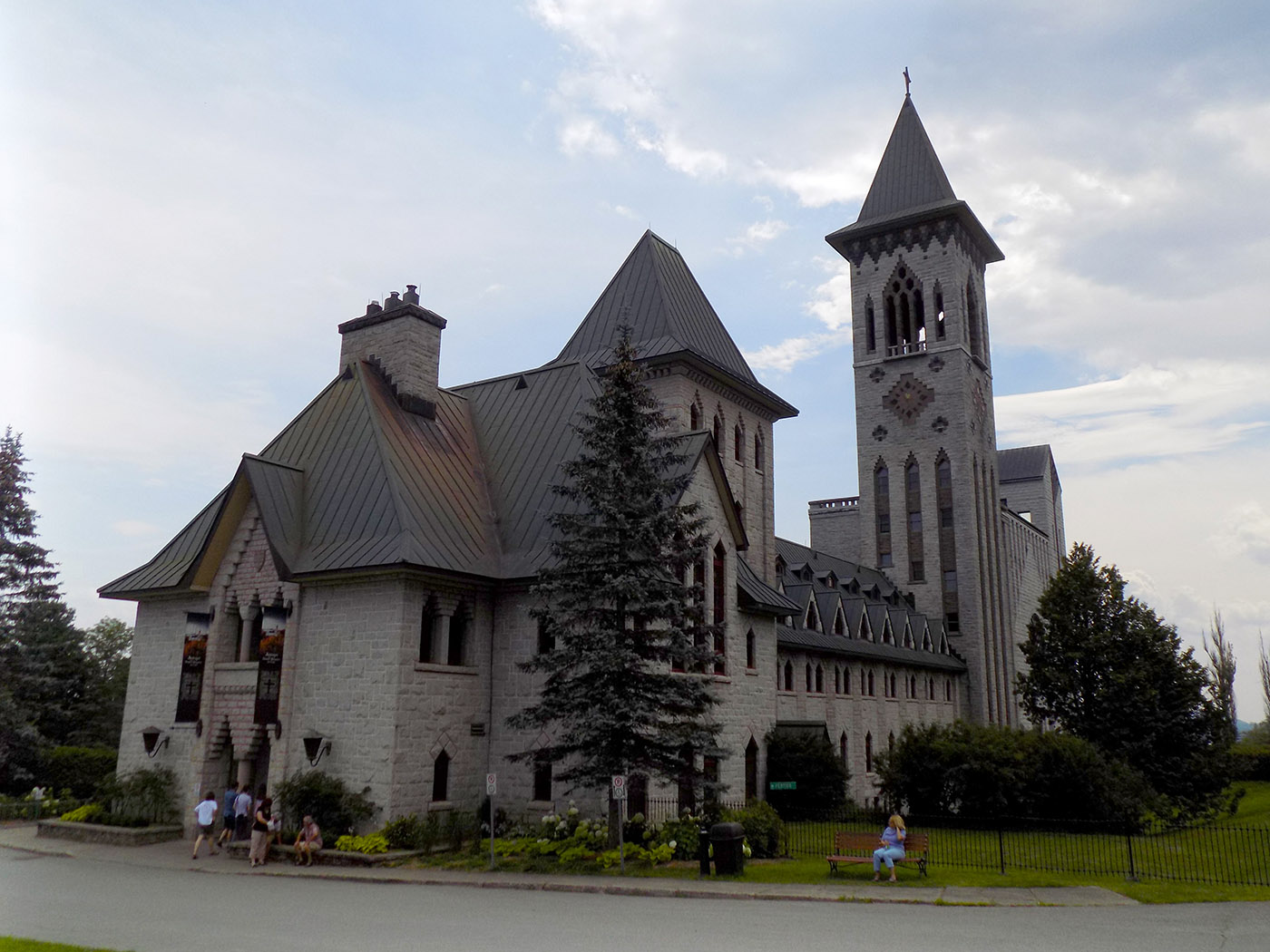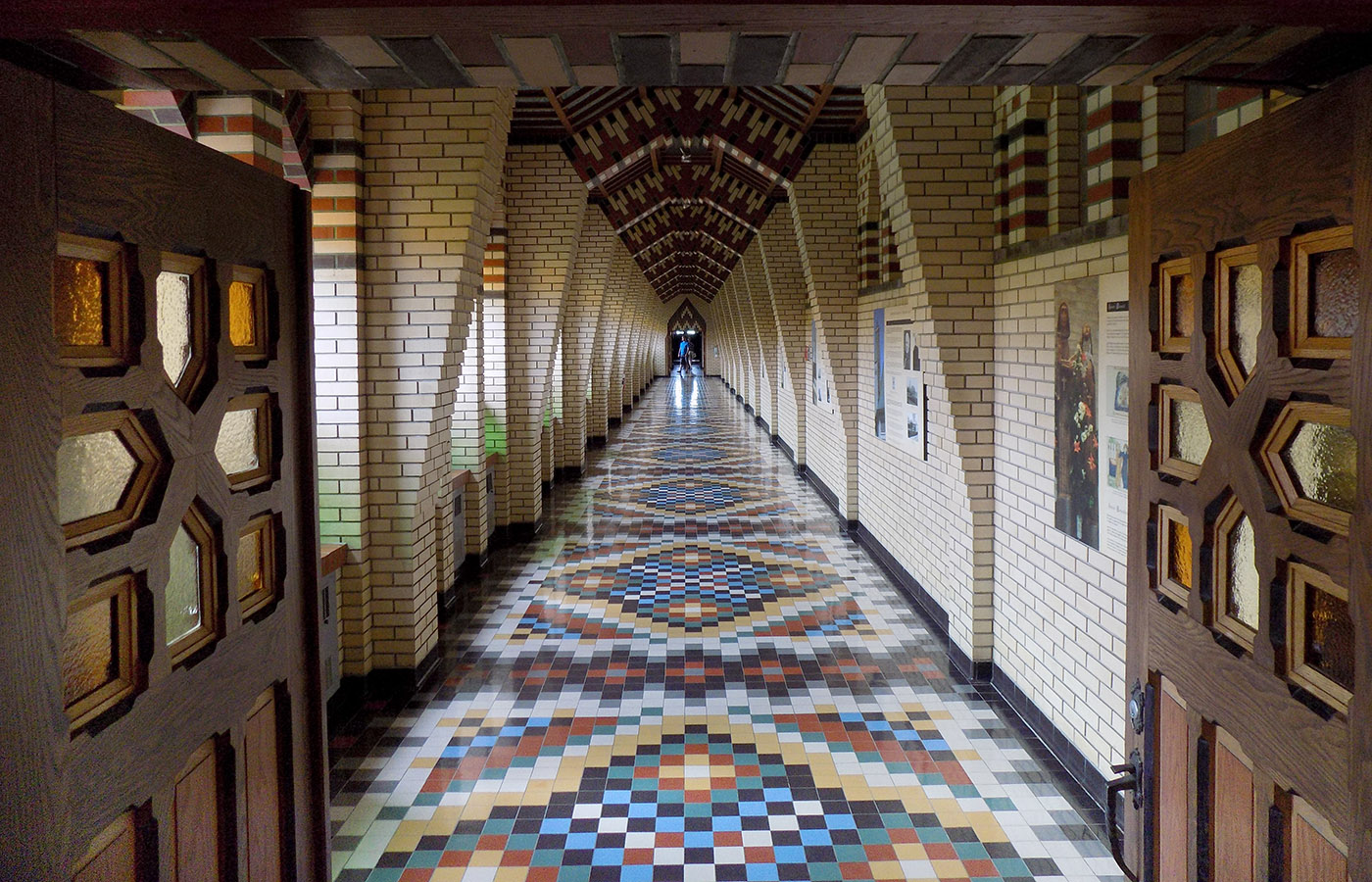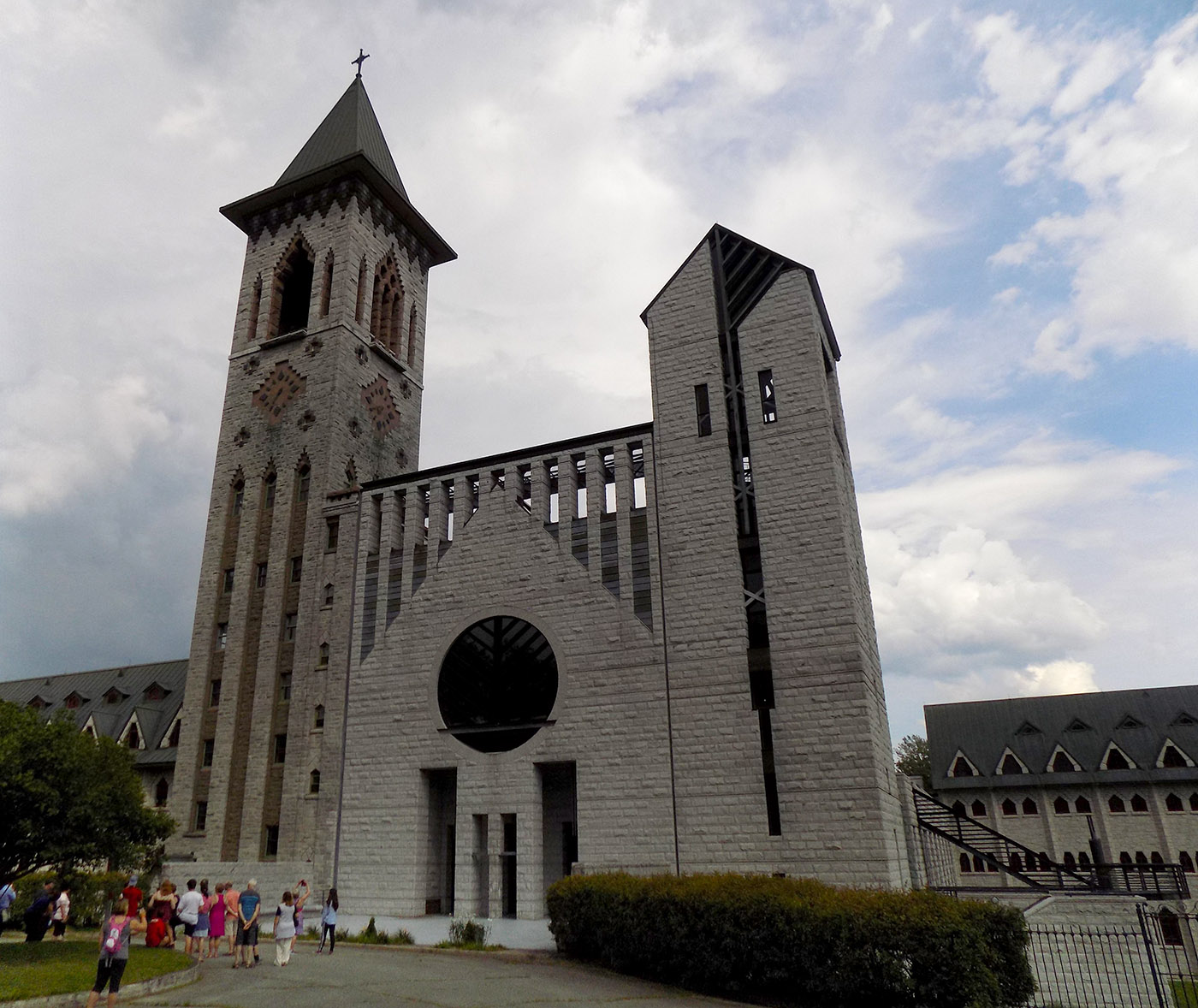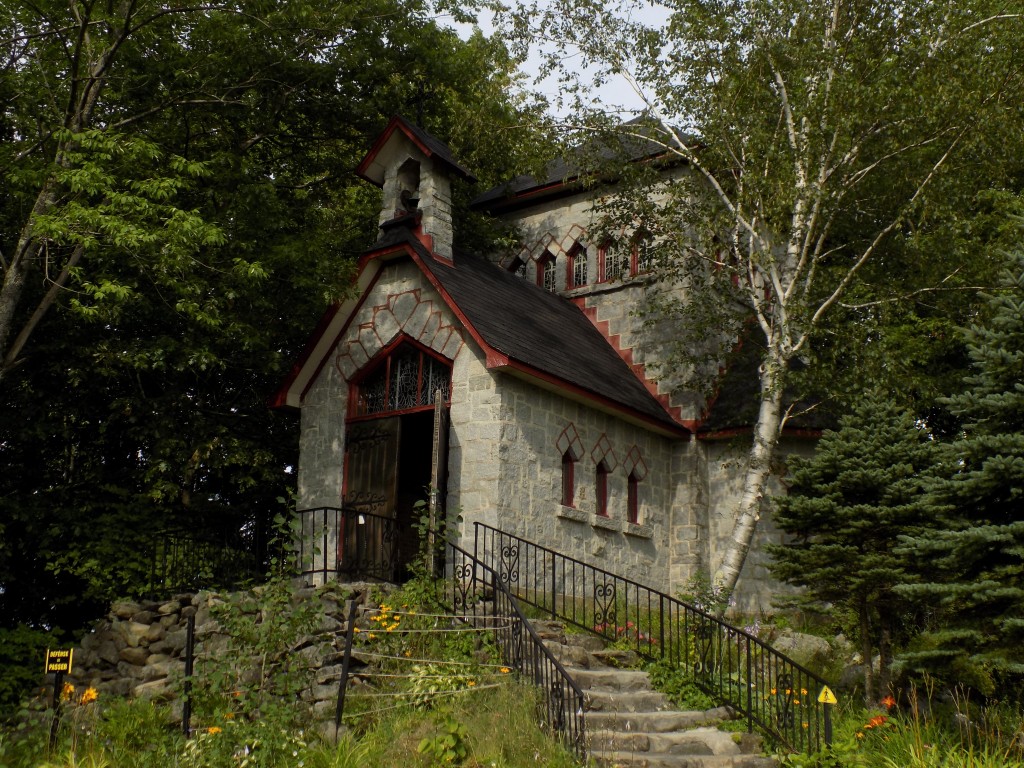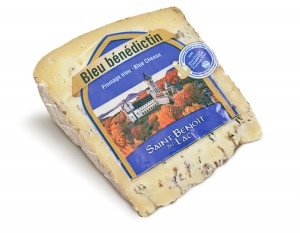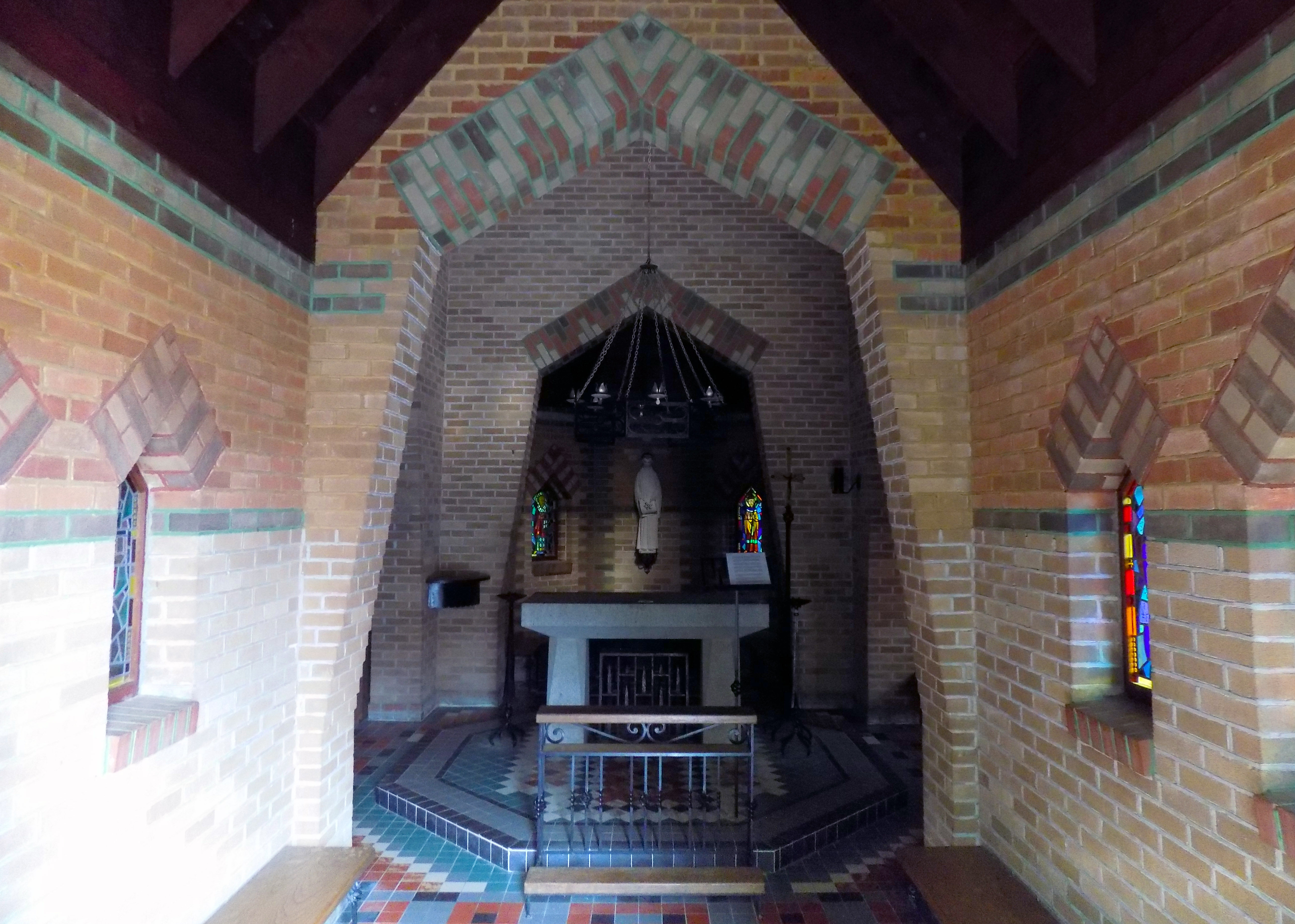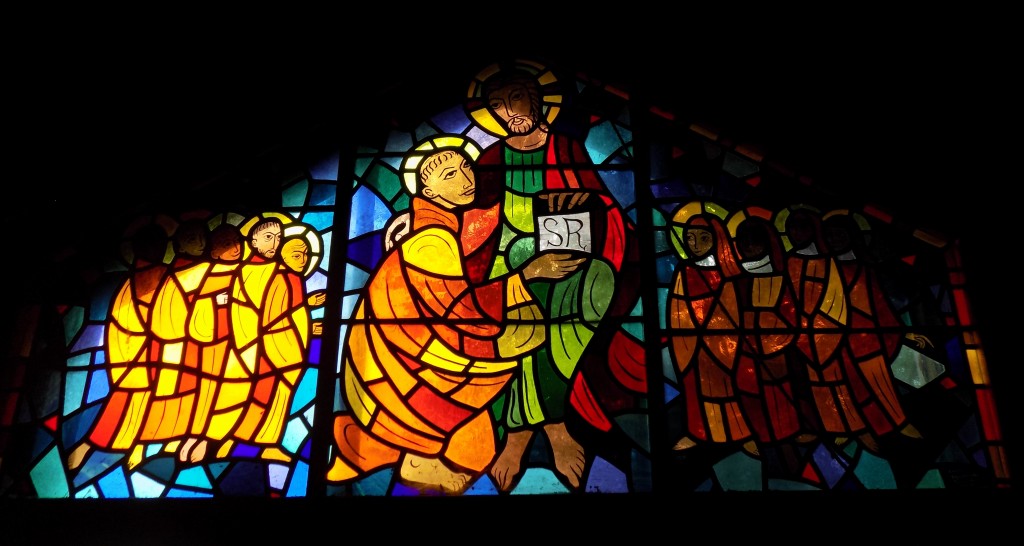A life of contemplation (and cheese) at an abbey in Quebec
The Benedictine abbey at St. Benoit du Lac Quebec is where Roman Catholic religious community, culture, history, and natural beauty come together. It overlooks Lake Memphremagog between the city of Magog and the border with Vermont. I recently visited the abbey and discovered its people and lifestyle.
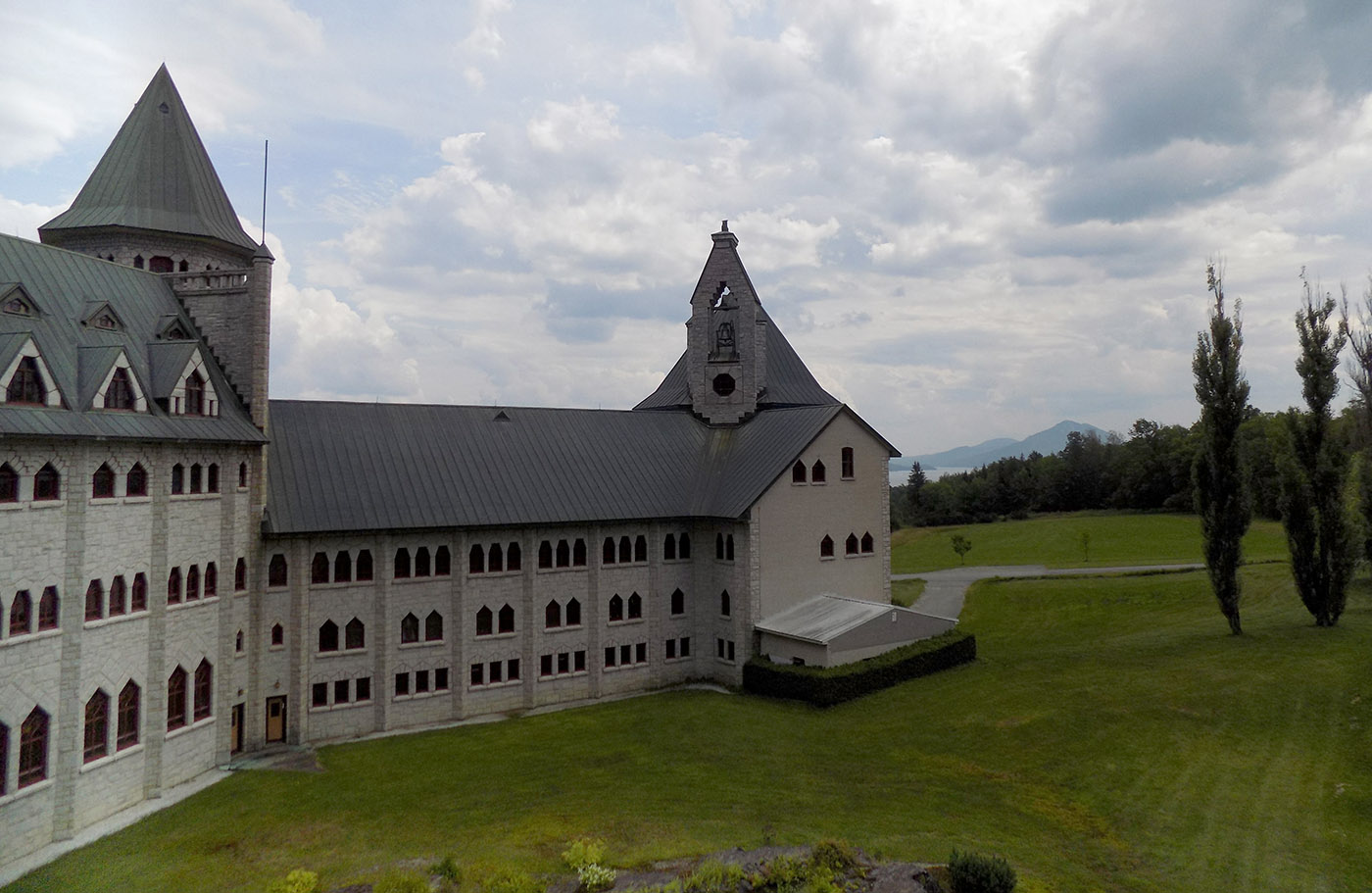
The rear area of the abbey is where the monks live in small individual rooms known as cells. Mountains and Lake Memphremagog are in the background. Photo: James Morgan
The monastery at St. Benoit du Lac began in 1912 when Dom Paul Vannier and Brother Raphael Pelissier arrived from the main monastery in St. Wandrille, Belgium. They purchased 440 acres of land and monastic life began in a former farmhouse. Dom Vannier’s life ended tragically in November 1914 when a boat he was traveling in with Brother Charles Collot, sunk in Lake Memphremagog. The monastery gained independence from St. Wandrille in 1935 and became a full abbey in 1952. The main building was constructed during the late 1950s. The attached abbey church was completed and consecrated in 1994. There is also an older, small chapel Le Tour de St. Benoit, located on the property with beautiful stained-glass windows.
At St. Benoit du Lac, 25 monks produce a variety of food products which are sold all over the local region and Quebec. Cheese is the most common one. The cheese factory at the abbey began production in 1943 and now produces 12 varieties of cheese. The Eastern Townships are Quebec’s dairy heartland, so milk is in abundant supply.
Sparkling cider is also produced, along with spreads and sauces. The abbey has acres of orchards and fields where many of the ingredients are grown.
The abbey is incorporated as its own town. With no private property and tax revenue, the abbey relies on its businesses and donations for income. The products are sold in the abbey’s own shop and at stores across Quebec.
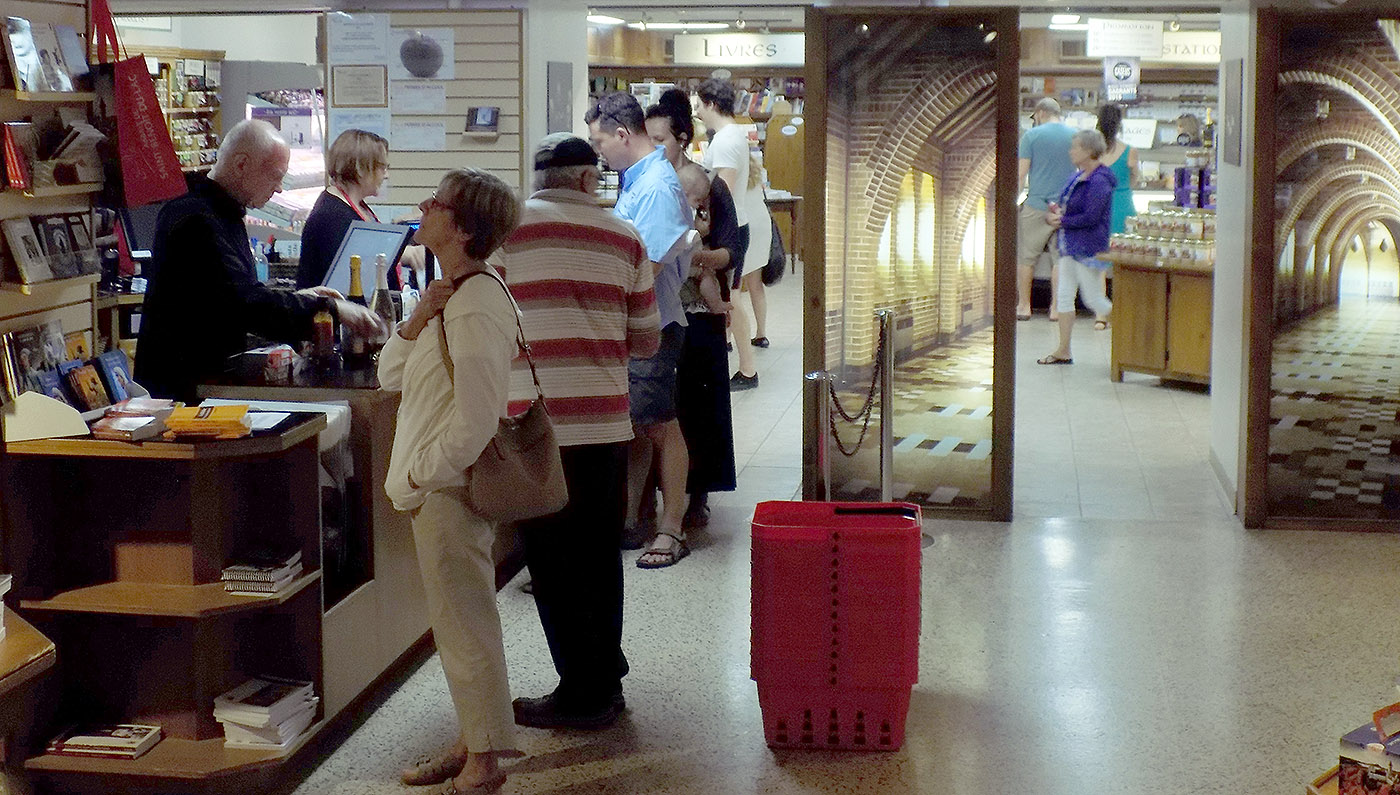
The abbey shop sells all of the products produced by the monks. One of them is seen here at the cash register. Photo: James Morgan
The monks at the abbey range in age from 36 to 97. The youngest is Brother Patrick Flageole, who is also supervises quality control and production at the cheese factory. Brother Flageole’s lifestyle choice and background is very different from most younger adults in today’s Quebec where the Roman Catholic church is struggling with decline. He was raised in an observant Roman Catholic Family in Shawinigan and felt called to religious life when he was 20.
He went to seminary in Quebec City and studied classics and music, specializing in piano. He also knows how to weave cloth with a loom. His obtained business experience working at a mattress factory. He acknowledged that choosing monastic life is not a common decision many are making today. He said it’s something that required a lot of reflection and discussion with other monks. Brother Flageole said his friends thought he had gone crazy when he told them he wanted to be a monk but grew to respect and understand his decision.
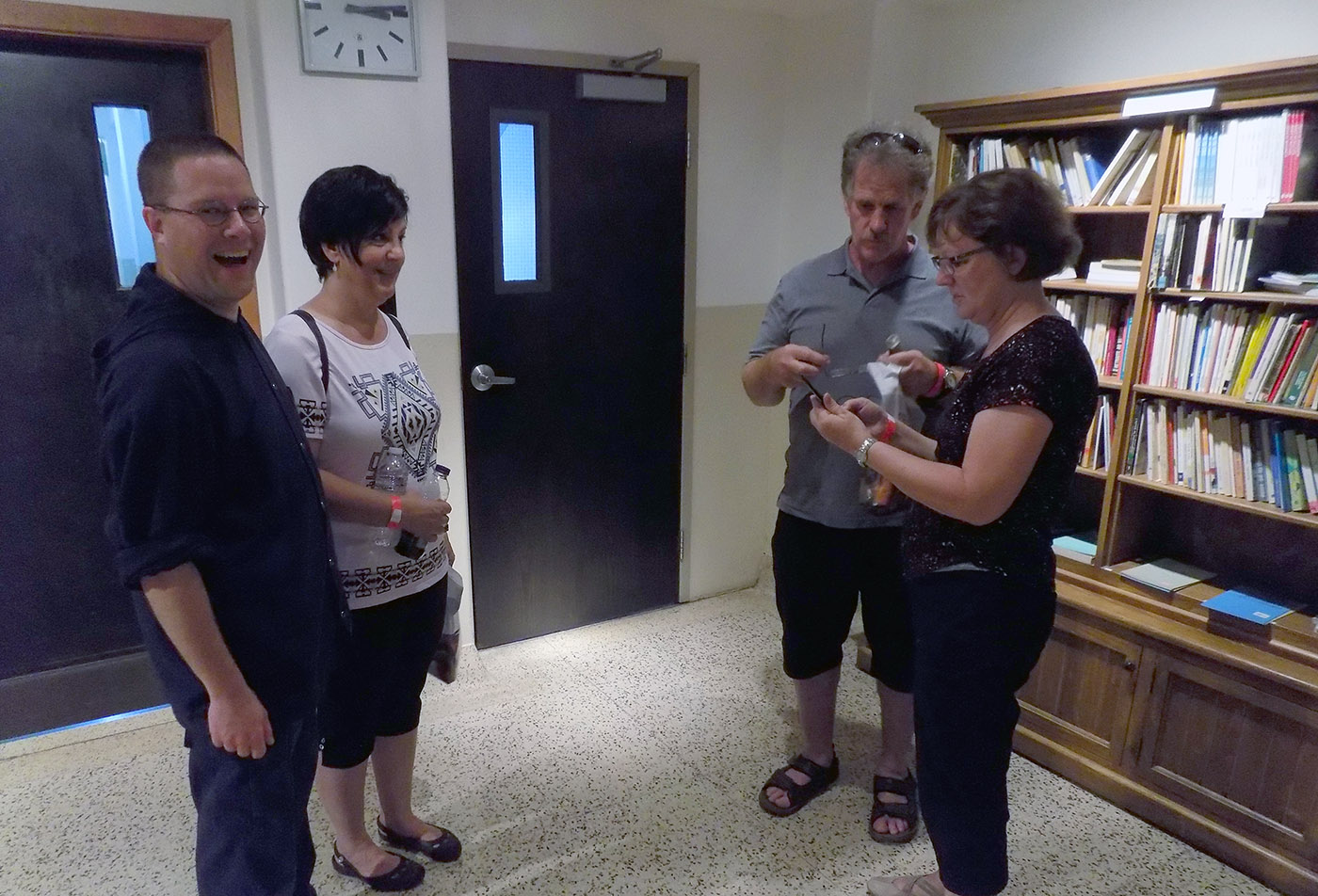
Brother Patrick Flageole, at the far left, with visitors from his hometown of Shawinigan, Quebec. Photo: James Morgan
In my conversation with Brother Flageole, I got the impression I was chatting with a very content and cheerful person. He challenged any popular perceptions of monks being dull people. We shared a few laughs during our conversation, which was entirely in French. As lovers of cheese, we discussed our favorite cheddars in Quebec and Ontario. He told me about the varieties of blue and other firm-ripened cheeses produced at the abbey, and said the key ingredient for good blue cheese is fermentation using mushrooms.
Brother Flageole gained his cheese making knowledge through some courses at Quebec’s agricultural college in St. Hyacinthe. Due to his role in cheese production, he’s the only monk at the abbey who carries a mobile phone. He said he needs it to keep up on what’s going on at the plant and to communicate with suppliers and food inspection authorities.
Visitors are always welcome at the abbey. Hospitality is part of the Benedictine rule. There are even accommodations on site, but they are segregated by gender. Many of the religious services at the abbey are also open to the public. St. Benoit du Lac is a unique study in lifestyle, belief, and culture that is very different from the mainstream world.
Tags: canada, cheese, local foods, monks, Quebec, Roman Catholic, St. Benoit du Lac





